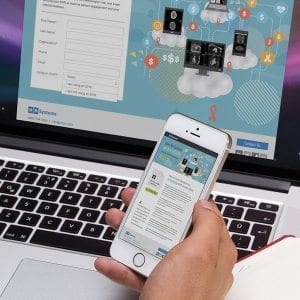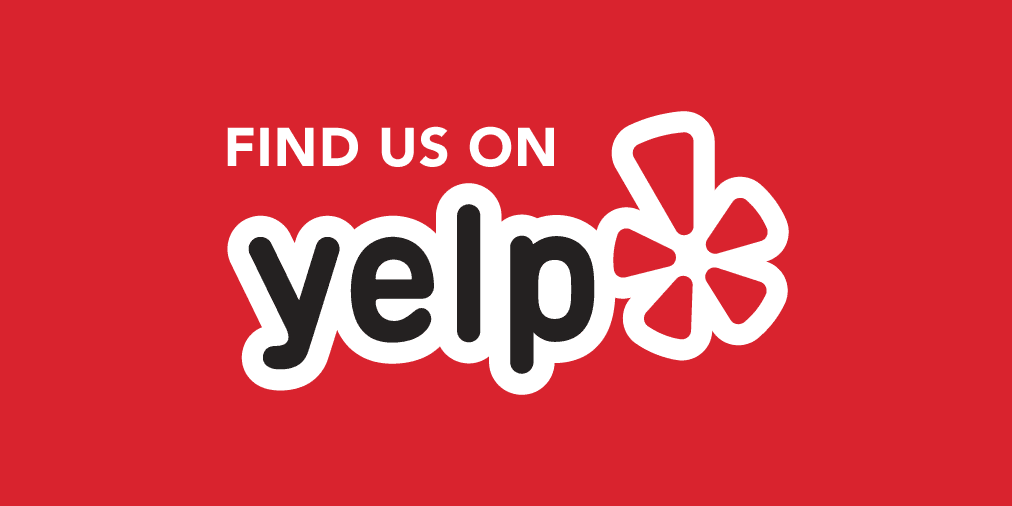 A picture can be powerful, especially if the picture is a fun little emoji, like a smiley face, gust of wind, or red balloon. Emojis not only transcend language barriers, but they communicate thoughts, emotions, and messages with simple pictures. More and more, we are seeing emojis being used by an array of brands to communicate with their audiences on social media on a regular basis.
A picture can be powerful, especially if the picture is a fun little emoji, like a smiley face, gust of wind, or red balloon. Emojis not only transcend language barriers, but they communicate thoughts, emotions, and messages with simple pictures. More and more, we are seeing emojis being used by an array of brands to communicate with their audiences on social media on a regular basis.
In 2014, Oreo launched a mobile marketing campaign in China. The mobile social campaign gave parents a way to take photos of themselves and their children offline and paste their heads into emojis. In less than three months, the campaign generated nearly 100 million emojis. 10 million emojis were shared on chatting service WeChat and nearly 2 billion impressions were made across Weibo and WeChat.
 More recently, GE launched an emoji campaign. The campaign, which was to explain the “science” behind emojis, included a microsite and a Twitter invitation and invited participants to send any emoji to their snapchat account to see their “periodic table of emoji”.
More recently, GE launched an emoji campaign. The campaign, which was to explain the “science” behind emojis, included a microsite and a Twitter invitation and invited participants to send any emoji to their snapchat account to see their “periodic table of emoji”.
Emoji URLs may be the next big thing. Now that domain names are becoming more difficult to obtain, some companies are turning to other non-traditional and digital methods to reach new audiences. However, the ability to use emojis in URLs is restricted based on where the domain is hosted. For example, emojis are not supported by your standard URLs such as .com and .net. You are able to use them, though, in other countries domains such as Puerto Rico’s .ws.
Norwegian Airlines did this with a new emoji-only URL created to announce a new direct flight from Copenhagen to Las Vegas. The URL included an airplane, slot machine, and cash.
 This URL, targeting Millennials and released on social networks, got a surprising 1,600 visitors the first day. The campaign was considered a success as the URL was posted to Instagram by eight partner influencers, including a soccer player, music producer, models, and bloggers. All told, the airline says, the posts generated 4,171 likes and reached an audience upward of 500,000 people.
This URL, targeting Millennials and released on social networks, got a surprising 1,600 visitors the first day. The campaign was considered a success as the URL was posted to Instagram by eight partner influencers, including a soccer player, music producer, models, and bloggers. All told, the airline says, the posts generated 4,171 likes and reached an audience upward of 500,000 people.
Norwegian Airlines isn’t the first to do this. A few months back Coca-Cola launched an ad campaign of single emoji internet addresses. And, there have been a few others as well.
Today, brands are looking for ways to relate to their audiences with short, real, and emotional images. As a society, we are spending more time on our mobile devices. We are connected to more people and we consume more information than ever before. According to data from eMarketer, there are nearly 2 billion smartphone users worldwide, and 41.5 billion messages and 6 billion emoticons or stickers are sent around the world every day on mobile messaging apps, according to branded digital startup Swyft Media.
To stay ahead of the curve, it may be time to get on the emoji brandwagon.









